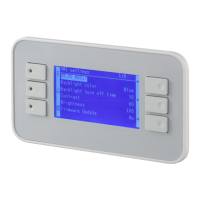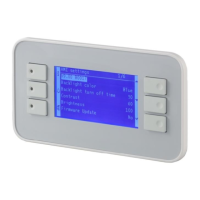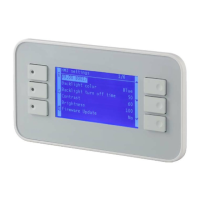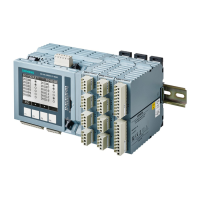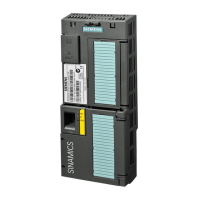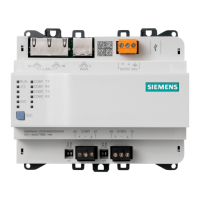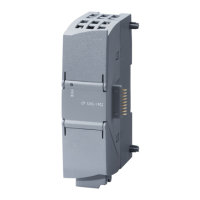
Do you have a question about the Siemens Climatix S300 HRV and is the answer not in the manual?
| Brand | Siemens |
|---|---|
| Model | Climatix S300 HRV |
| Category | Controller |
| Language | English |
Advises on cyber threats and securing Siemens' building technology portfolio.
Provides guidelines for creating and using strong, secure passwords.
Outlines notes for preventing property damage and defines qualified personnel and proper use.
Explains text markups, symbols, and tips to simplify document procedures.
Lists new features, changes, and corrections made to the document over versions.
Specifies the document's applicability to the Climatix heat recovery ventilation application.
Covers trademarks, copyright, target readers, and the document's purpose.
Lists and defines abbreviations used throughout the document.
Lists application documents, basic controllers, connectors, and modules for the HRV system.
Illustrates controller connectivity for various configuration, operating, and monitoring options.
Provides a visual diagram of the heat recovery ventilation system components and flow.
Guides on connecting to the controller wirelessly using the POL903 WLAN USB stick.
Explains controller configuration via ABT Go, covering basic and extended settings.
Lists available control functions and their required hardware (peripheral devices).
Details how to activate and configure peripheral devices, room units, and sensors.
Describes the configuration of I/Os on the controller board and peripheral devices.
Covers actual configuration, language selection, device description, and password protection.
Describes two primary use cases for the HRV system operation.
Explains the Auto, Manual, and Temporary modes for controlling the ventilation system.
Details normal modes (Unoccupied, Economy, Comfort) and temporary modes.
Defines specific settings for fans and control strategies across different operating modes.
Covers three fan control strategies: linear speed, constant airflow, and constant duct pressure.
Explains controlling fan speeds based on CO2 or particulate matter sensors for air quality.
Describes maintaining set humidity levels by modulating actuators like preheating coil and fan speed.
Details strategies for constant supply air temperature and extract/room temperature cascade control.
Explains Rotational and Passive Heat Exchangers for heat/cold absorption and transfer.
Covers water-based heating with frost protection and electrical heating coil functions.
Details chilled water cooling coil and DX based cooling coil functions.
Describes the function and control of outside air dampers for ventilation.
Explains monitoring filter contamination using timers or pressure differential switches.
Covers optional preheating functions like Earth to Air Heat Exchanger and Brine Coil.
Describes the use and control modes of an optional external dehumidifier.
Details the function of fire dampers, their automatic closure on alarm, and testing.
Lists priorities for different functions to ensure logical and critical operation.
Explains the sequences for safe start-up and shut-down of the ventilation unit.
Covers safety functions like smoke extract, emergency off, and temperature supervision.
Lists various time counters that run automatically based on operating modes.
Explains the two alarm classes (A-Alarm, B-Alarm) and their states and handling.
Describes periodic maintenance tasks like fire damper tests and valve/pump kick functions.
Details analysis points for HVAC components and overall plant functions via tests.
Describes connecting room operating units and sensors via the PL-Link interface.
Lists devices that can be connected to the Modbus master interface.
Covers use cases, port settings, and data encoding for Modbus slave configuration.
